After a long day, nothing feels better than taking a shower, completing your nighttime skincare routine, and collapsing into bed.
But have you ever woken up with itchy skin, tiny pimples, or a dull complexion even though your routine hasn’t changed?
It might be time to take a closer look at your pillowcase.
A Hidden Hotbed of Germs
The moment your head hits the pillow, your sheets and pillowcase start collecting all sorts of things from your skin: dead skin cells, oil, sweat, saliva, leftover makeup, and even lotion that hasn’t fully absorbed.
This mix becomes the perfect feast for dust mites, bacteria, and other microorganisms.
According to the American Chemical Society, the human body sheds approximately 500 million skin cells daily.
And since your face stays in contact with your pillow for about eight hours each night, it’s no surprise that a dirty pillowcase could be a hidden cause of acne or skin irritation.
Here’s what could be lurking on your pillowcase:
- Bacteria and germs: They transfer from your face to the fabric and back again, especially if you tend to touch your face while sleeping.
- Oil and sweat: These create a breeding ground for bacteria that cause acne.
- Allergens: Dust mites can trigger allergic reactions or worsen skin conditions like eczema or rosacea.
What Happens When Your Pillowcase Is Dirty?
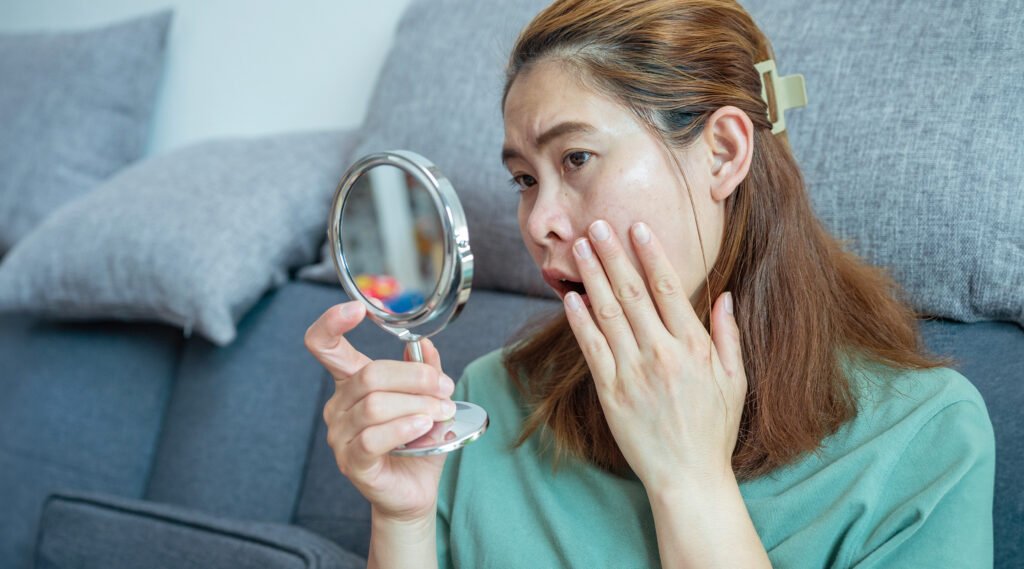
Sleeping on an unclean pillowcase can lead to several noticeable skin problems:
1. Acne and Skin Irritation
Pillowcases trap oil, bacteria, and dead skin cells, which can clog pores, trigger inflammation, and cause mechanical acne —the kind that develops from friction or pressure, such as from masks, helmets, or, yes, your pillow.
2. Eczema and Contact Dermatitis
For those with sensitive skin, constant rubbing against a dirty fabric can cause red, itchy rashes or minor wounds.
You may also experience allergic reactions to dust mites or residue from laundry detergent.
3. Dull and Rough Skin
A buildup of makeup, oil, and dust on your pillowcase can leave your skin looking tired and lacklustre in the morning.
Dead skin cells accumulate, stealing away your skin’s natural glow.
How to Keep Your Bedding Clean
Changing your sheets only when they look dirty isn’t enough. Ideally, change your pillowcase 2–3 times a week, especially if you have oily or acne-prone skin.
Here are a few more tips:
- Shower before bed.
- Never sleep with makeup on.
- Clean your body after exercising before lying down.
- Avoid applying heavy lotions or oils right before bed.
- Don’t eat or drink in bed.
- Keep pets off the bedding.
- Wash your feet or change your socks before getting into bed.
Choose Skin-Friendly Pillowcases
Opt for pillowcases made of soft cotton, silk, or bamboo. These breathable materials are gentler on sensitive skin and help minimize friction that can damage the skin’s protective barrier.
If your skin barrier is already damaged, wund+™ Regeneration Cream can help.
Formulated with natural, skin-friendly active ingredients, this cream supports the healing process and soothes mild irritation caused by external factors, such as a dirty pillowcase.
**
Sometimes, the secret to glowing, breakout-free skin isn’t in an expensive serum. It’s as simple as keeping your pillowcase clean.
References
BBC. Accessed in 2025. How Often Should You Wash Your Sheets and Pillows?
GfaceMD. Accessed in 2025. The Hidden Connection Between Pillowcases and Your Skin Health.
Healthline. Accessed in 2025. How Often Should You Change Your Sheets?







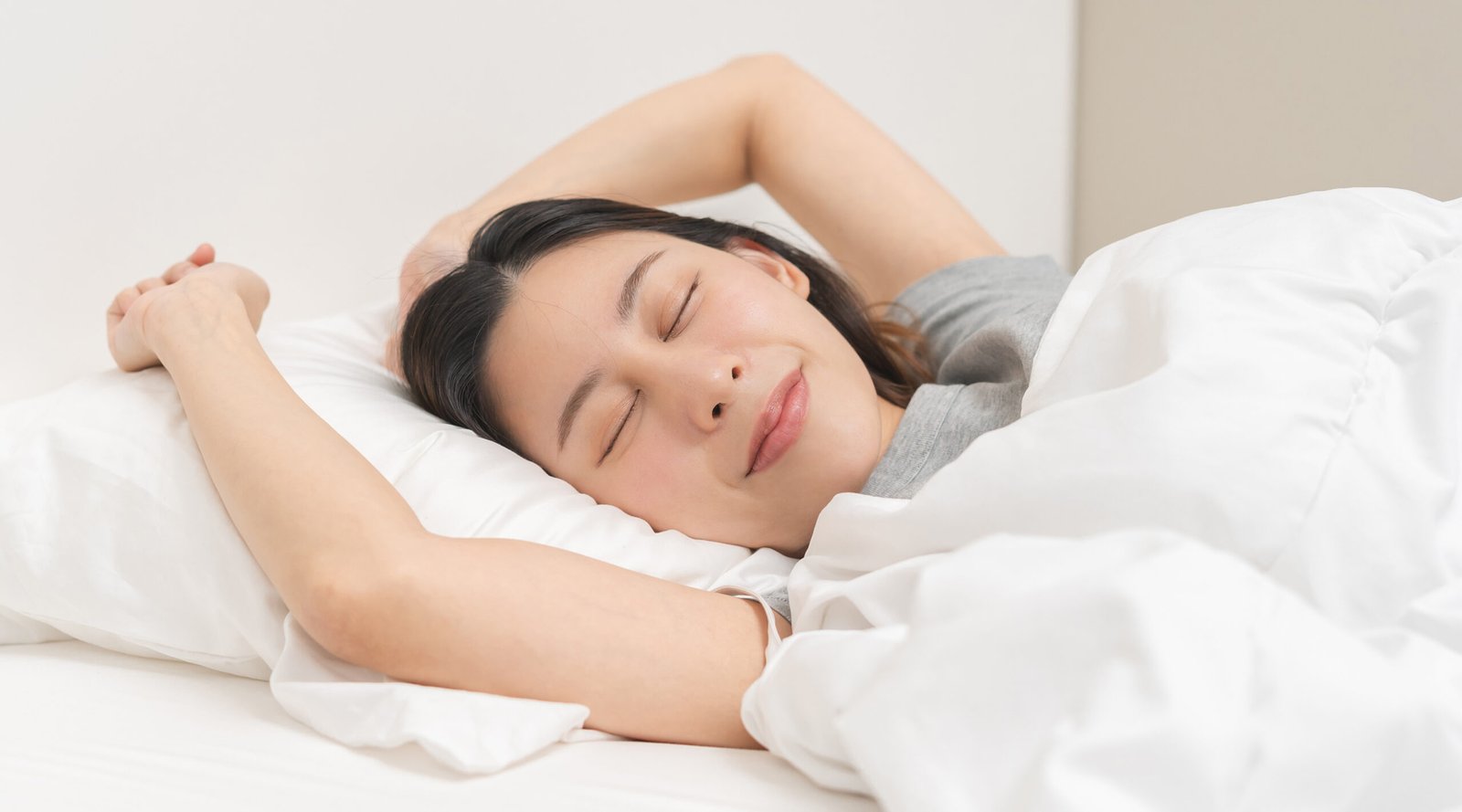
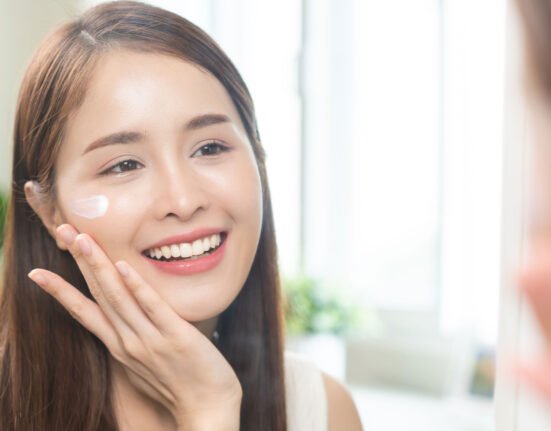

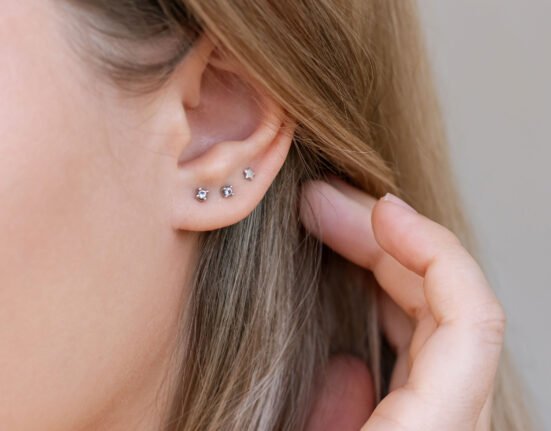
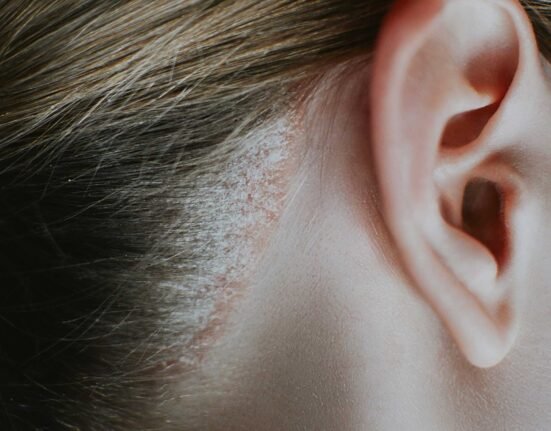


Leave feedback about this